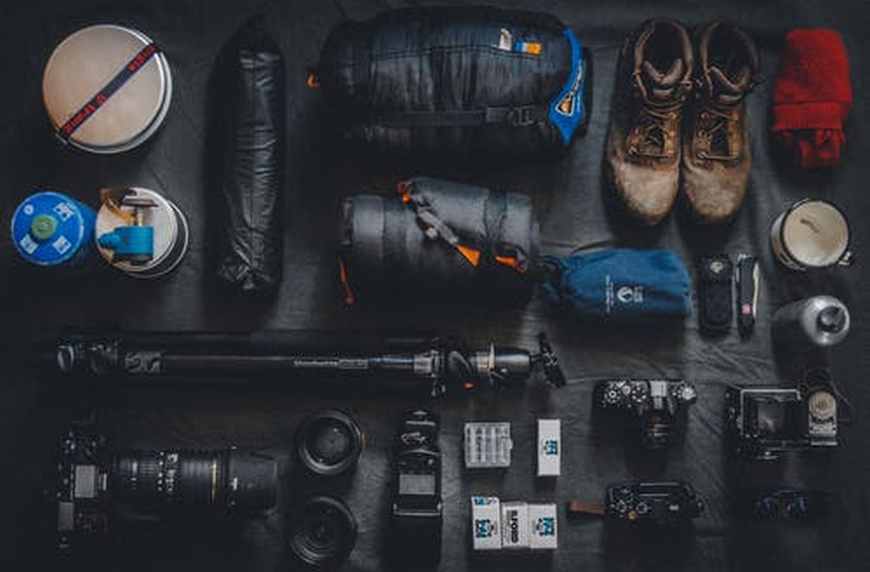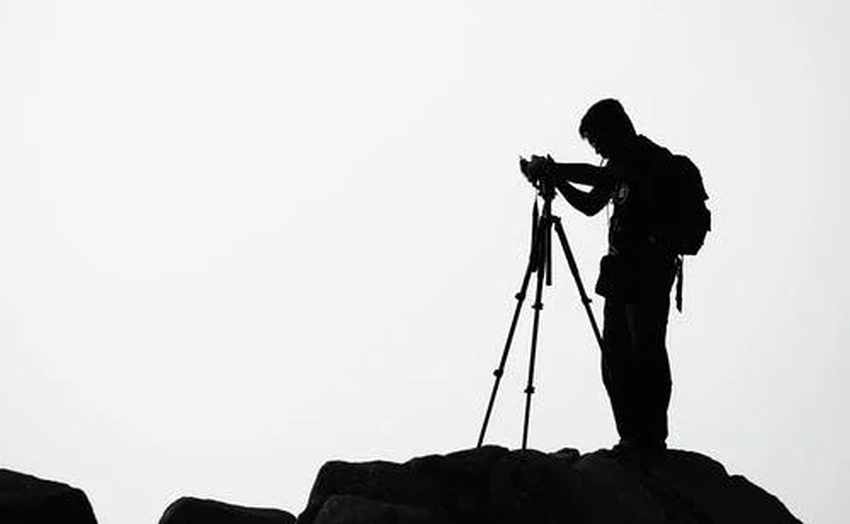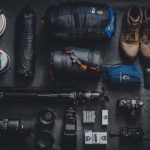Must-Have Gadgets For Video Production

Putting together your video production equipment package is one of the most fun filming components. Because there are so many factors (budget, type of project, location, pro versus amateur, etc. ), there is no “one size fits all” equipment package. Therefore what we’ve tried to do on this page is cover some essential gear you might want to explore.
However, you shouldn’t forget about software. You may need to extract audio from video or edit the video with tools like Leawo, WinxDvd, or Fonepaw.
But let’s focus on the hardware first.
Video Camera
A video camera, for obvious reasons, is the most important piece of filmmaking equipment. Your budget determines the camera you choose, the style of filming you’ll be conducting (static, stealth, run-and-gun, etc. ), and the location where you’ll be exhibiting your film (web-only, theater, broadcast, etc.). A documentary can be shot with anything from an iPhone to a DSLR to a top-of-the-line digital cinema camera. Make sure you capture high-quality videos so you won’t have to worry about reshooting for better quality later.
Protection for Camera
When you wish to protect the body of your camera, a camera cage comes in handy. The cage will prevent damage if you drop it or if it scrapes against something.
Although many photographers use a camera clip, a camera rig case provides better protection. Furthermore, you can also invest in a rubber lens cover. This makes sure your lens remains scratch-free and in almost mint condition!
Tripods and Slider Bundles
Video tripods don’t change all that often. Sure, new models may be lighter or stronger than previous ones, but this is rarely a technological breakthrough. Invest in a nice tripod to avoid the dreadful backache. Make sure it’s light, easy to deploy, and can hold a lot of weight.
Sliders aid in the creation of smooth-flowing shots. Invest in one that allows you to program precise and accurate motion-controlled movements from beginning to end. So you don’t have to stop to charge, the built-in battery should be able to last at least a full shooting day, largely on standby.
Lenses
There are many different types of shots, angles, and filters to consider when shooting a film. It’s a good idea to start gathering a good assortment of camera lenses and filters. For various shots and angles, for instance, a lens with a superzoom feature is required to enlarge a small bug perched on a sunflower. The most frequent moniker for them is macro lenses.
Filters of Fantasy
UV, ND, and color filters are examples of creative filters. They are useful in a variety of photography situations. You can only gain from the use of creative filters, whether you’re capturing sunsets or long exposures. Make sure you acquire the proper size and shape for your lens.
Microphone
The use of a high-quality microphone significantly improves the film’s sound quality. You’ll need it if you wish to understand what’s being said during speeches, a movie with the conversation, or even your child’s play.
The vast majority of microphone types are interchangeable between manufacturers and models. Check that the connecting jack works with the device you’re using. Most items include a list of cameras that are compatible with them, but if you can’t find that information, be sure you have the option to return the item if it doesn’t work with your camera.
Boom poles, which may be attached to a microphone to extend its range, are also available. If you’re going to use a boom pole, you should also consider a shock mount to keep your microphone in place. It also eliminates the noise of moving the microphone while repositioning it and the sound of bumping if it is not securely attached.
Furthermore, cordless microphones are available, making it easier to film with sound if you don’t have someone to hold a boom mic for you. To hear what you’re shooting, make sure you have a good pair of headphones!
Lighting

Many low-budget video artists place a low priority on video lighting equipment. Because your videos require light, we feel that lights can differentiate between an amateur and a professional. While natural light can be used outside, capturing a clear photo indoors necessitates extra lighting. Yes, camera sensors are constantly improving, which means you need less light to get a nice image. On the other hand, Lights can help you appropriately expose your subject while also adding flair and feel to your video.
Lights are available in a range of styles to fit any budget. Many DIY filmmakers use work lights obtained at your local hardware store. You can also shoot videos using enormous paper lanterns (like those you can get at Ikea) with bright fluorescent lights inside. Purchasing a lighting kit with at least three lamps is a sensible investment in the long run.
Gray Cards
You should have a good understanding of achieving the appropriate white balance by now. A gray card is the best approach to get the most accurate results. Keep a gray card set in your camera bag if the camera makes a mistake.
Reflector
A reflector is a basic yet useful item that should be included in your required equipment. A reflector can direct light onto a subject or a scene. They’re excellent for adding fill light and producing catchlights. They also do not necessitate batteries, wires, or buttons. Reflectors are the first stepping stones toward lighting solutions.
Memory Cards and Extra Batteries
Make sure you have enough memory cards, cardholders, and even a card reader so you won’t have to worry about storage. While at it, get extra batteries to ensure you won’t have to deal with an equipment-related delay.
Conclusion
When it comes to how much money you can spend on quality, the sky’s the limit. Begin with the essential camera accessories first. These will be useful in any photography setting.
Once you’ve decided to concentrate on a certain photographic genre, you may want to start researching additional equipment.

